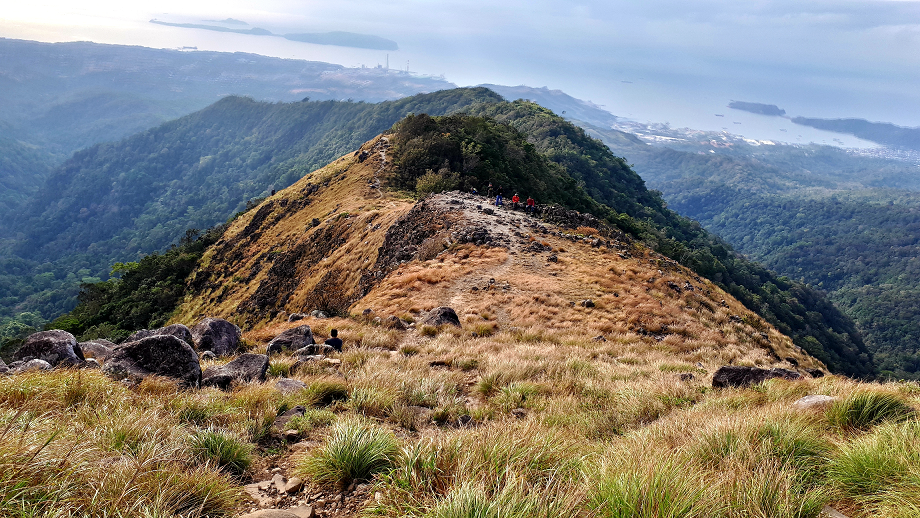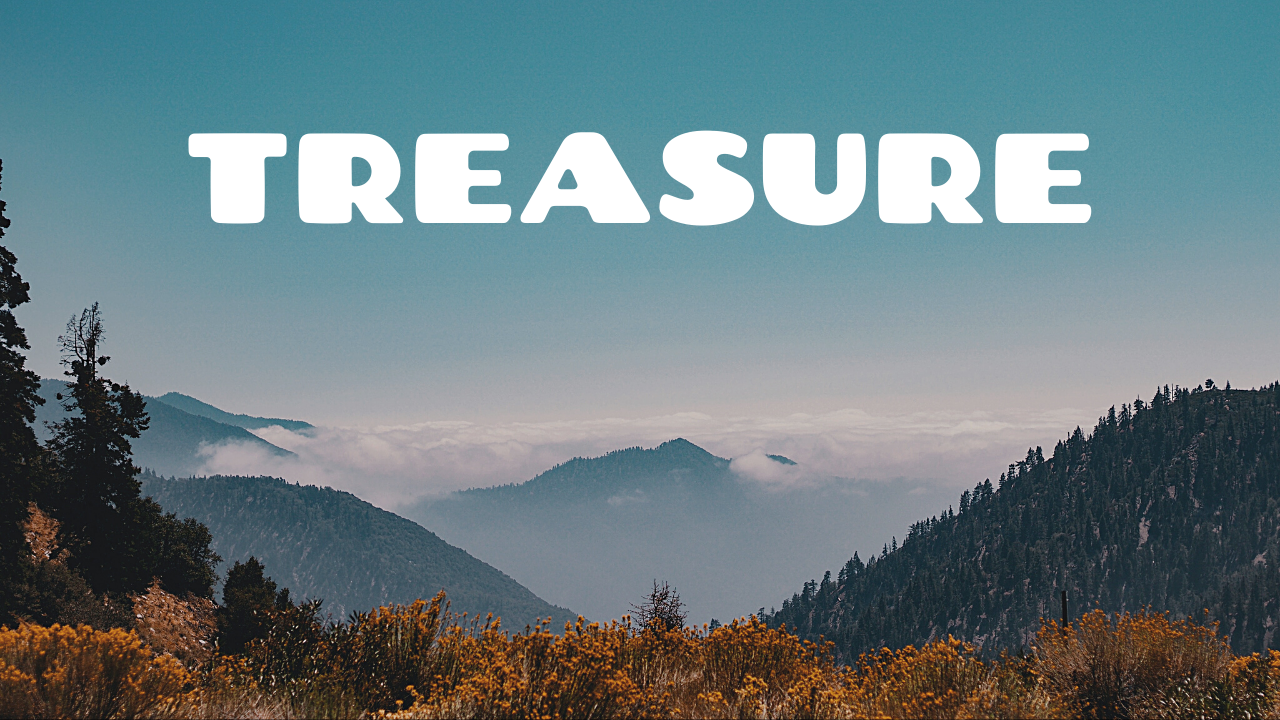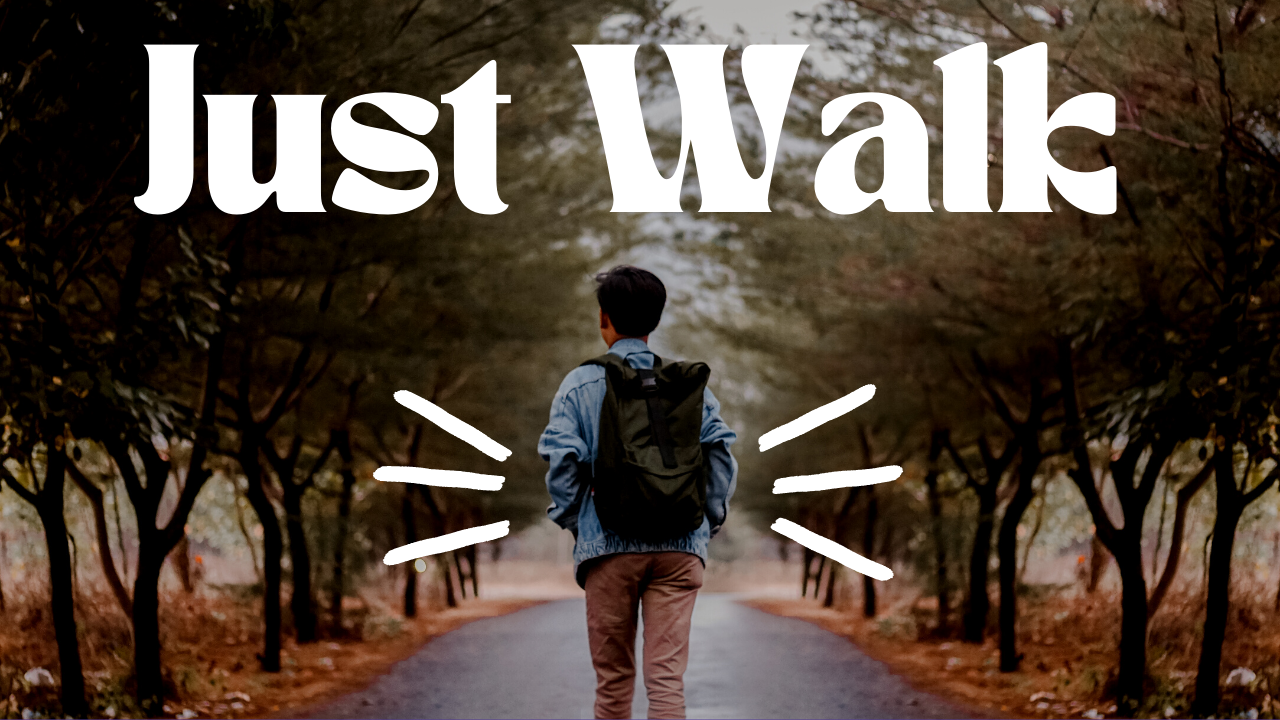Mistakes I Did So You Won't: Hiking and Camping

Mistakes I Did So You Won't: Hiking and Camping
You are scrolling on your favorite social media and you came across awe-inspiring pictures of people in breathtaking places where you are up high looking down on the world. You see people with genuine happiness on their faces and you don't even notice them tired. Then let's go on an adventure and hike that mountain. Getting excited about the fact that if they can do it, so can you. I cannot describe the feeling in words when you are up there, but I can share some wisdom so you will have a great experience on your first or maybe next hike.
I have hiked a few mountains from minor to major hikes and in different weathers. This guide will help you get the best and safe experience. Yes, you can do it! (Even if you did not ask)
HOMEWORK
This article itself is part of your homework, and it may be the best place to start. Next, you will need to do some research on the mountains you want to hike and don't limit yourself to one for your first climb as things may not go your way. There are reviews available online for accessible mountains near you and they are beginner-friendly. You will see ratings for how hard the mountain is to climb, and also they will label some as a minor hike or a major hike. You might want to start with some minor hikes and look for those with low MASL (Meters Above Sea Level) while making sure there is a good view at the peak with a great place to set camp. You need to look out for trail classes and stick to only trail classes 1 or 2. These trail classes mean it will be just walking or an easy stroll for trail class 1 and hiking along a path/rugged terrain for trail class 2. Low difficulty does not mean a bad view at the top. It will be best to start from low difficulty and then challenge yourself on the next once you have first-hand experience. Once you have a list of mountains you want for your first hike, check the weather for those mountains before making your mind on which to climb and what date it would be. Even if the weather forecast shows that it will be sunny, it will not hurt to prepare and pack things necessary if it rains. Now you know a few things about where to start, you will now need to find a coordinator for your hike. This is easy since it is available and easy to find on social media. Local groups advertise their best places to go and usually they have an itinerary. The last thing you will need for your homework is how much cash you need to bring. It may sound silly but yes you will need cash for several things such as the Environmental fee, guide fee, souvenirs, and maybe a porter fee. You can ask questions to your coordinator so that you can estimate how much cash you need to bring. Watch videos online
YOUR TEAM
You will not be hiking alone and most likely you will be joining a group or you already have friends who have experience hiking. You will be part of a team and it will be important to communicate not only while hiking but even before. Here are the best things to plan with your group before packing things up. Discuss who amongst you will bring cooking utensils and gas canisters. Not everyone has invested in their hiking gear and in a team, not everyone needs to bring cooking gear. It will always be better if you have multiple burners so you can cook simultaneously but make sure to communicate to your team so there will be no redundancy in the gear you will bring as it will only be additional weight. You can also discuss what food to bring and whatever load you feel you need to share. It is very important to communicate while hiking and make it so that you let people know when you need to take a rest.
BAGS
When you imagine hiking a mountain you will always picture the mountain peak and your campsite but the majority of your hike will be on a trail carrying your bag and maneuvering through random obstacles or climbing steep slopes. You will carry quite a load over long distances for hours. You may have already thought of using a backpack that you have used for going to school and this is where I will stop you. Bags like any other gears are designed differently and most of the ones you see in the market are for aesthetics or everyday functionality. Regular backpacks will tear on the stitches if loaded to full capacity. You will feel pain in your shoulders after the first hour of hiking and I have first-hand experience of this since the weight of your bag is concentrated in the shoulder straps. There are bags designed for hiking and I will lightly discuss their basic features.
Well-padded adjustable hip straps and shoulder straps will divert the weight of your bag to your hips instead of your shoulders. You will not feel the full weight of your bag because instead of your bag pulling your shoulders down, it is resting on your hips.
Quick-access pockets for items you need on the go such as your raincoat, rain cover, snacks, bottled water, electronic devices, and any gear you have in mind you need while trekking.
A sleeping bag compartment is needed as It is important to keep the light items at the bottom of your pack and the heavy items as close as possible to your back. How you pack your bag will affect how you will move. When placed far from your back or at the bottom, heavy items will pull you down and may make you fall on your back, which is not safe if you are on a steep and narrow trail. A sleeping bag compartment will also make it easy to separate your sleeping gear such as inflatable pillows and blanket
The hydration system compartment is also a good feature if you will invest in a good water bladder. Drinking water is essential for any trip far from civilization. Water is also one of the heaviest items that you will need to bring; having this compartment makes sure that water is nearest to your back and safer for you to travel.
A day pack is also essential. This is a smaller bag usually detachable from your main bag or maybe completely separate but packs small when not in need. The reasons it is important are: if you need to leave camp and you only need to bring important things with you to hike the summit of the mountain; To put your wet clothes in; Or to put in all the souvenirs you bought that are not gonna fit anymore in your bag.
You will also need a rain cover for your bag to keep your things nice and dry even when it rains or if it is just damp outside. Best to have it kept on those quick access pockets your bag has.
There are plenty more features for modern hiking bags and many choices in the market, but these mentioned are the things to look for and other features such as durable stitching are already a norm for these types of bags.
If it will be your first hike, you will have three options: borrow from a friend, invest in a good-quality hiking bag, or buy a second-hand bag with great reviews. There are plenty of choices in the market with all the bells and whistles but you will also need to keep in mind that the higher the price the higher the quality.
FOOTWEAR
Do not wear those pair of running shoes you have in the corner. Let's talk about your feet. Your feet and legs will take all the beating in your journey to that mountain peak. Footwear will be as important as your other gears as it will protect your feet, get your grip and make the overall experience lighter than it could have. Before getting one, make sure to do some research first on where you will hike, and what the weather will be, and go on those reviews to see what kind of trail you will be getting on. One of the biggest aspects is a preference, I prefer wearing sandals while some of my friends prefer shoes, and some prefer boots. All of them have pros and cons but will do the job done, it will all boil down to what you prefer and what will be comfortable for you to climb as long it is designed to hike mountains. After acquiring the appropriate footwear, the next step is that you break them in. New footwear may be comfortable when you wear them to check the size but it is a different story when you walk around with them, just like when you get those new shoes to wear at the start of the school year. It will be stiff and it is awkward to walk with and that is why it is best to break them in before your hike and better yet wear them when you do your physical preparation.
PHYSICAL PREPARATION
You will challenge nature when you set off to hike a mountain and in any challenge, it is best to be prepared. This is also the time to break in your footwear and get comfortable with your bag with a bit of weight. Even the best boxers like Manny Pacquiao, Mike Tyson, or Muhammad Ali do their training before any fight while making sure they have plenty of rest for the fight. On your regular day at home or at the office, notice what kind of leg or arm movement you do, most likely it is just walking, using the stairs, and very minimal arm movement. When you hike it is a very different story, compared to walking on level ground, your feet will not always be level, they may twist at different angles due to the uneven terrain, and your body will compensate to balance your stance so you will not fall over. Not only your footing will change but also the range of movements your body will do, your legs are used to the stairs you use but out there some steps are higher and vary a lot. At times you will encounter difficult parts of the trail where you will need to use your arms to grab on things such as trees, roots, rocks, and even grass just to stabilize your footing and move forward. All these movements I have mentioned are movements your body is not used to and you will either be using muscles that you don't usually use or overexerting muscles for such movements. To prevent injury and to make sure you have a successful hike, it will be best to prepare your body. You don't need to hire a gym instructor for this, just go on youtube and find stretching and exercises for your arms, back, and legs. One last thing is to be conscious of how you hike and if you are putting too much strain on your knees or other body parts, resting is not prohibited on hikes so make sure you take care of yourself and your buddies.
LIGHTS
It will be dark at night and sometimes really dark when there is no moon in the sky. On my first hike, we got ourselves a minor hike reviewed as best for beginners with an estimated time to arrive at the peak of only 2 hours. We did not anticipate a few things, most of us needed to rest more than the others and prolonged the hike to the campsite more than it should be. It was our first hike and we learned to never underestimate a mountain. Out of 15 people, only 3 of us brought lamps/flashlights, and soon it went dark, really dark with a little bit of rain. That was dangerous, we made sure that one of the lamps is upfront, one in the middle, and the last person to have a lamp as well. Some of us relied on our phone's flashlight but it is not as efficient as a real lamp plus you are draining the battery of your communication device which is not good if you are far out from civilization. The good thing was we were not that far from the campsite and we were able to enjoy our first hike. Bring a handheld flashlight, a headlamp is also useful as you can go hands-free while having a light and a lamp so you can have a general light when setting up your tent at night and use it inside your tent as well. Do not forget to bring spare batteries just in case.
WATER
Most mountains that you will hike will not have a drinkable water source which means you will need to bring water that will last until the end of your hike. It is better to overpack on the water than run out of water when you need it most. The only difficulty with bringing water is that it is one of the heaviest items in your pack. The amount of water you need varies from person to person and on how many days you will be out camping. I sweat a lot and in turn, I drink a lot of water and that is why for overnight camping I usually bring 6 liters of water. 2 liters in my hydration bladder, and 4 liters in 4 separate bottles. Remember that you will also need water for cooking and hygiene.
FOOD
This topic includes snacks, ready-to-eat, and food that you will need to cook. There are a lot of choices where you don't need to cook but if you want to elevate your hiking and camping experience cooking is the best way to go. You will need to pack your cooking gear, oil, water, seasonings, and the food you want to cook. Nothing beats eating a hot meal when all is set in your camp and you had a long day of hiking. While hiking, you will use energy and you need to replenish that energy with snacks. They are easy to find when you are planning and they are easy to pack as well. Sharing your snack while hiking is one of the reasons why you need to bring one.
TENT
There is a lot to choose from for tents but first, find out if one of your group members will bring a big tent that can accommodate you and if they are comfortable with you joining in. It is a big advantage if you can share tents with your team as it will free up space for you to bring other essential gear or consumables. If not make sure to choose a tent with a rainfly and a water-resistant footprint to protect you from the elements.
SLEEPING ARRANGEMENT
You will need a good rest after a challenging hike so that you will be physically ready for the next challenge. A good sleeping pad will let you lie down without feeling the ground underneath. A sleeping bag will make sure you are comfortable with the temperature and will serve as additional padding lastly an inflatable pillow to provide neck and head support when sleeping to avoid those neck and body pains.
HYGIENE
Yes, you will still need to have good hygiene up in the mountains. First, you need your floss, toothpaste, and brush for your oral hygiene. Next, you will need your disinfectant, wipes, and tissue for when you need to go do your business. You will also need soap and shampoo, most jump-off points offer bathrooms you can rent for you to wash before you go home. Hygiene includes keeping your gears clean when you pack them that is why dishwashing soap and a sponge should be included in your pack.
CHANGE of CLOTHES
There is already a lot in your pack so you need to carefully plan what clothes to pack as well. I choose dry-fit shirts as they are light, have small packing space, and are great for people who sweat a lot like me. You may also want to bring clothes for cooler climates such as windbreakers and jackets since the higher the mountain the colder it would be and usually the breeze/wind is really cold once you are up there. It will still boil down to your homework on choosing what clothes to bring.
TOWELS
If you will pack your regular towel it will fill up a large space in your pack. There are new options for towels in the market that pack small and dry fast when you hang them in the open air. This is one of my first investments since I can use it on other getaways besides hiking mountains. I love my towel's portability and functionality. Some prefer to bring face towels while others use their buff for their sweat. If you were glasses like me, do not forget to bring your microfiber cloth for your glasses as they will get dirty along the way.
SUN PROTECTION
You will enjoy hiking and looking at the breathtaking views nature has to offer but you may forget that the sun is constantly harming your skin. There are a few things to protect you from the harmful rays of the sun such as sunblock, hats, long-sleeved clothes, pants, leggings, sleeves, buffs, and such. I use a buff on all of my hikes as I also use it to wipe my sweat.
SAFETY
Since you will be outside your comfort zone and you may not predict what will happen outdoors it is a good practice to be ready for anything. Bring a small survival kit that includes a whistle in case you get lost and you want people to find you without exhausting a lot of energy and a Firestarter in case you need to build a fire for cooking and surviving. It should also include small first aid for injuries and medicines such as ibuprofen, antihistamines, Anti-diarrheal pills, Rehydration salts, and, prescription medicines. Lastly the multitool of your choice, I chose my multitool that already includes a Firestarter, knife, pliers, handsaw, whistle, bottle opener, and a can opener.
TREKKING POLES
As mentioned above, you will be challenged physically when hiking and trekking poles will help you in different ways. The first reason is that it will help you with your balance when hiking since it will be an additional contact point to the ground. The second reason is that trekking poles will help you lighten the load on your legs, knees, and feet when stepping up or down. You will think that the journey down the mountain will be easy since it is downwards but it is a different story when you are there. Your body already overcame a challenge coming up and it has not yet fully recovered so going down will still be a challenge. The reason why I can describe what will ache and how they will ache is that I experienced it first hand. I never gave much thought to how I hiked on my first climb since I was admiring nature all the way and I neglected how much I put pressure on my legs, knees, and feet. Trekking poles will ease the weight and pressure on your lower body and get a better total experience on your first hike. Some jump-off points will offer wooden staffs but it is ideal to bring one.
COFFEE, MILK, or TEA
What else is best when you wake up on your campsite with fog rolling out and a sea of clouds drowns the surrounding mountains in your view? Of course, it is the warm beverage of your choice! Admire the view, the ambiance, and the collective efforts of your team to get to that view while sharing a warm cup of your beverage. So make sure to pack some and some extra to share.
WASTE MANAGEMENT
"Take only memories, leave only footprints" This is the ethics of hikers and that is why waste management is important. Make sure to pack things that produce less trash so it will be easier to collect trash and bring them down. Always pack trash bags to keep your trash separate from your things and pack extra of these just in case.
CAMERA GEAR
It may be your phone, action cam, or even a drone. What is important is to save those memories. Pack light but don't forget spare batteries and drybags to keep your gadgets dry and safe. If you are a photographer with quite a few gears with you, make sure that you have a buddy to share the load with. With the technology today, a cellphone will be good to capture memories so do not overthink camera gear as it is not high on the important things to have for your hike.
After reading this article
Now you have basic knowledge of what to expect and what to do or bring to help you along the way. Experience from person to person will vary and this pointer will help you get a better one than my first hike.



